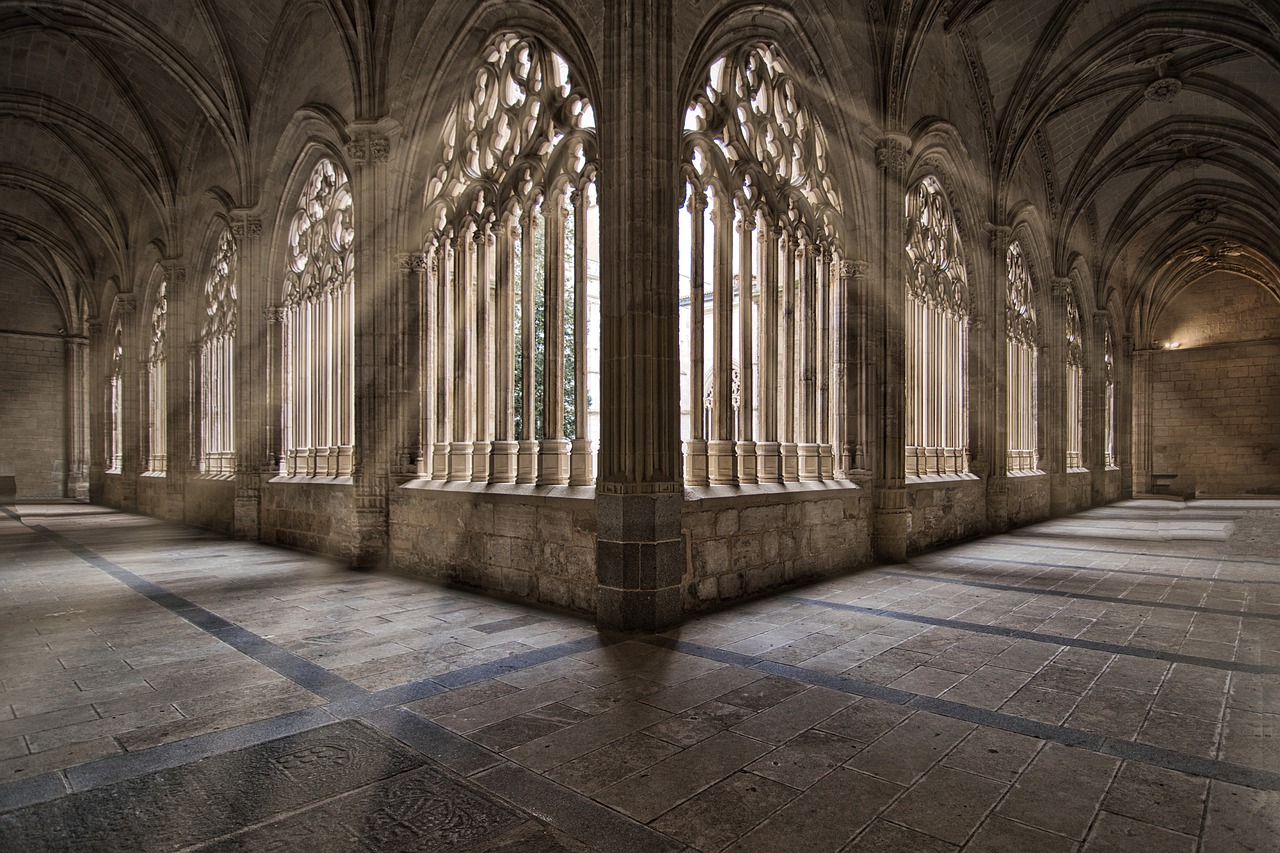Ancient Egyptian architecture encompasses the remarkable constructions primarily established during the dynastic periods spanning the first three millennia BCE within the Nile Valley’s realms of Egypt and Nubia. This architecture, akin to representational art forms, was designed to uphold specific structures and conventions believed to exemplify the ideal state of existence from the moment of cosmic creation, reflecting the harmonious interactions between humankind, the sovereign, and the deities. Consequently, both the artistic and architectural expressions of ancient Egypt seem outwardly resistant to evolution and personal artistic interpretation; nonetheless, artisans across different eras innovatively navigated the conceptual challenges presented to them.
Dynastic Egypt
An examination of Egyptian architecture skews heavily toward funerary and religious edifices, primarily due to their favorable preservation conditions. Numerous temples and tombs endured the test of time due to their positioning on terrain less likely to be affected by the Nile’s floods, while most ancient urban settlements fell victim to the cycles of cultivation and submersion. The dry and arid climate of Egypt played a pivotal role in the survival of certain mud brick structures that dodged the corrosive impact of water and human interference. The two main materials employed in ancient Egyptian construction were unbaked mud brick and stone. Starting from the Old Kingdom (circa 2575–2130 BCE), stone became the preferred material for tombs—the eternal homes for the deceased—and temples, which served as lasting sanctuaries for the gods. Mud brick continuously served as a foundational material for domestic buildings, royal residences, fortifications, and peripheries of temple complexes.
Tombs
In ancient Egypt, mortuary architecture reached impressive heights and was often grand in scale. Tombs generally consisted of a burial chamber (the tomb itself) and a chapel designated for offerings to the deceased. With royal burials, the chapel increasingly evolved into a funerary temple, typically constructed separately and distanced from the actual tomb, particularly from the New Kingdom (circa 1539–1075 BCE). This discourse will consider such funerary temples alongside general temple architecture. The mastaba, a flat-roofed, rectangular structure common in the earliest dynasties, originally featured mud brick before transitioning to stone. They housed storage chambers filled with provisions and artifacts for the afterlife, while the burial chamber rested below ground.
Evidence of changes in tomb size, internal configurations, and burial groupings among nobles from the great cemeteries of the Old Kingdom hint at evolving posthumous expectations. During the 3rd dynasty at Ṣaqqārah, notable private burials were situated away from Djoser’s and Sekhemkhet’s step pyramids, featuring mastabas embellished with offering niches and passages for paintings depicting afterlife paraphernalia, alongside spaces for sculptural representations of the deceased.
Djoser’s impressive tomb, initially a mastaba, underwent transformation into a step pyramid. Located within a grand enclosure in Ṣaqqārah, this structure, designed by Imhotep, marked the initial foray into stone architecture. This revolutionary design includes six tiers of decreasing size, enclosing an expansive court that contained mock buildings reflecting the predynastic architectural style. The earliest shift to stone allowed early Egyptian architects to replicate the aesthetics of wood and brick constructs.
The quintessential representation of the true pyramid emerged during the Old Kingdom, epitomized in the majestic pyramids of Al-Jīzah, especially the Great Pyramid built for King Khufu (Cheops) in the 4th dynasty. The architectural prowess displayed in these structures reached its zenith under King Snefru, who constructed several pyramids, including the notably unique Bent Pyramid. The later pyramids, though smaller, still held significant historical importance, especially those commissioned by kings during the Middle Kingdom (circa 1938–1630 BCE), while Mentuhotep II’s 11th dynasty tomb remains an architectural highlight.
To thwart tomb robbers during the New Kingdom, burial locations were strategically moved to a secluded valley—The Valley of the Kings—nestled under a mountain resembling a pyramid. Here, tombs carved directly into rock formations lacked external indicators. This period yielded tombs with simple chambers catering to various functions, while some showcased superior architectural styles with expansive halls, ornate columns, and extravagant facades, particularly in locations like Aswān and Beni Hasan.
The initial royal tombs in this valley were entirely concealed from the view, with later structures from the Ramessid period characterized merely by their rock-carved entrances. The interiors frequently consisted of complex corridors and chambers leading to vast burial rooms adorned with intricate hieroglyphics and illustrations. Seti I’s tomb stands out, extending deep into the limestone and exemplifying the elaborate burial traditions of this period.
Temples
Two primary temple types are identifiable: cult temples, which housed deities’ images for daily worship, and funerary temples, dedicated to the veneration of deceased monarchs. The design of the cult temple, believed to be influenced significantly by the sun god Re’s worship at Heliopolis, typically lacked a specific shrine. Sun temples, unique in their architectural approach, centered their worship around a distinct cult object, the benben.
The New Kingdom’s temples, particularly at Thebes, reached unprecedented architectural sophistication. The Luxor Temple is a testament to this evolution, initiated by Amenhotep III and constructed parallel to the Nile, showcasing grand colonnades and distinct halls for the sacred rituals. Successive renovations by Ramses II added further magnificence, featuring colossal statues and significant obelisks, while various essential architectural elements such as sphinx-lined avenues and expansive courts became commonplace.
The vast Temple of Karnak is an architectural treasure trove, symbolizing the continuous contribution of various kings from the early 18th dynasty onward, involving grandeur like the hypostyle hall with its towering columns and beautifully detailed Festival Hall of Thutmose III.
A stunning example of Ramses II’s architectural legacy is the extraordinary temple at Abu Simbel, hewn from living rock yet structured within typical temple plans. Its sheer scale, including colossal statues, further emphasizes the grand cultural narrative of this era.
The funerary temples associated with pyramid complexes across Old and Middle Kingdoms typically featured valley temples designed for ritualistic functions. These structures were characterized by their columned halls and adaptable designs aimed at purifying and enshrining the royal remains and involved in offering ceremonies.
In the New Kingdom, although royal tombs were no longer buried beneath grand pyramids, funerary temples persisted nearby, exemplified by Hatshepsut’s extraordinary temple, which combined natural landscape with architectural finesse through terraces and chapels.
Domestic Architecture
Throughout the dynasties, mud brick and wood formed the basis of residential architecture, with occasional stone used for structural details. Dayr al-Madīnah’s workmen’s village houses, constructed from stone, demonstrate common domestic layouts. Vila structures in Tell el-Amarna followed suit, offering extensive, intricately decorated spaces meant to accommodate the lives of important officials.
Greco-Roman Egypt
With the advent of Alexander the Great’s conquest, Egypt transitioned away from its pharaonic rule, paving the way for the Ptolemaic dynasty. This period heralded a distinct transformation in artistic expression and architectural style. Notably, many tombs, like that of Petosiris, combined both traditional Egyptian and new Greek design influences, encapsulating an architectural legacy that persisted through subsequent periods.
Architectural exploration flourished under the Ptolemies, with temples at Dandarah, Esna, and Philae embodying a continuation of Egyptian architectural conventions enriched with newer styles. The temple of Horus at Idfū remains the quintessential portrayal of this evolution, showcasing the enduring impact of ancient architectural principles blended with contemporary aesthetics.





